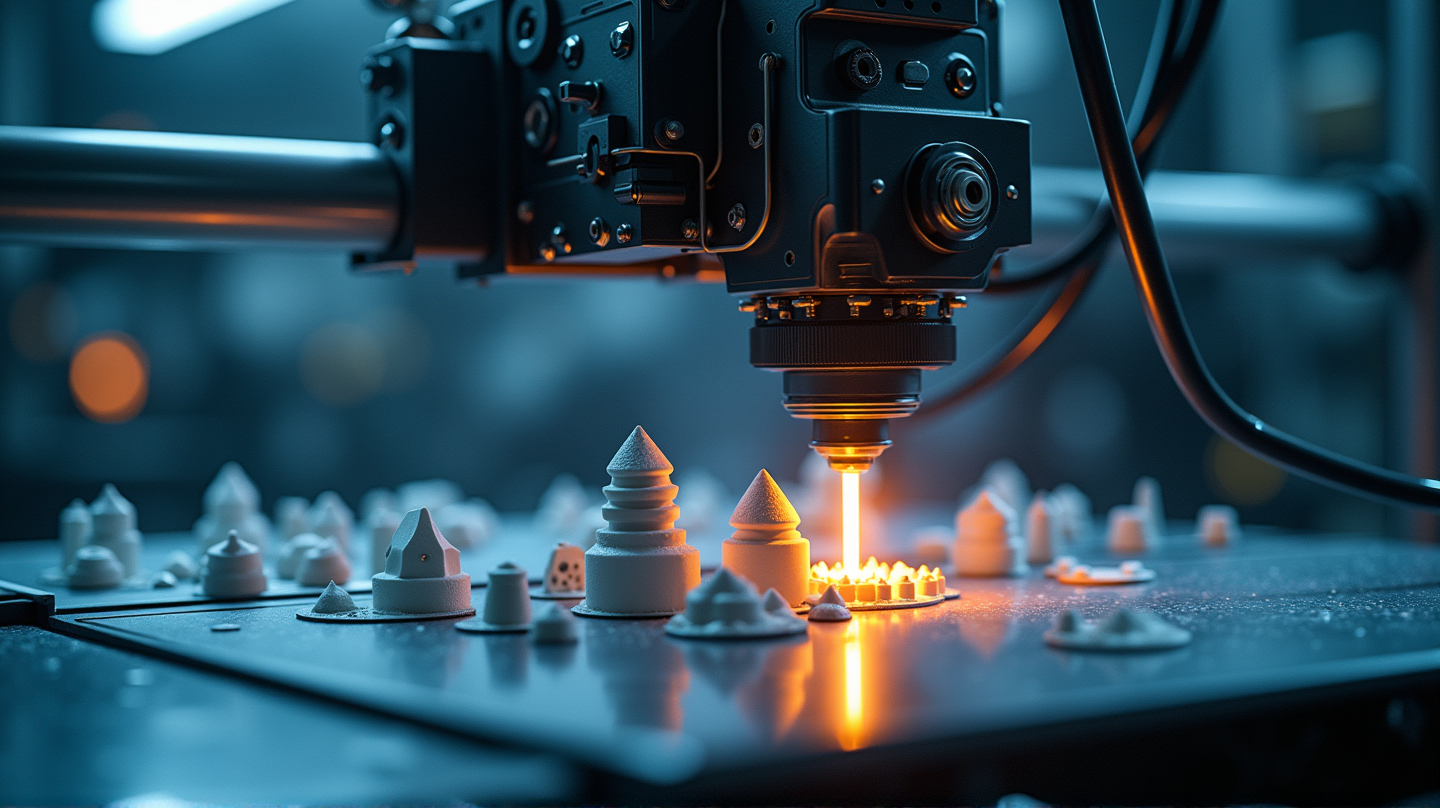In a groundbreaking advancement, a 3D-printed titanium fuel tank has successfully passed a rigorous durability test under extreme conditions, withstanding temperatures as low as -196°C and pressures up to 330 bar. As announced by the Korea Institute of Industrial Technology (KITECH), this achievement marks a significant milestone for the ‘New Space’ industry, offering a versatile and domestic alternative to traditional forging methods.
The Promise of 3D Printing for Aerospace
3D printing technology, known for its capacity to rapidly produce customized components, is reshaping the landscape of space technology. The aerospace industry has long relied on conventional manufacturing methods, which, while effective, are slow and ill-suited for the growing demand for innovative and varied designs.
“In today’s private-led space development, there’s a pressing need for parts that vary in shape and capacity. The era of standardized parts is over,” Dr. Lee Hyub of KITECH noted, highlighting the strategic shift in the sector.
Addressing Supply Chain Challenges
Traditionally, high-pressure vessels crucial for space vehicles have been forged, which not only limits customization but also poses supply chain challenges. Previously, countries like South Korea had to depend on imports for these titanium components, chiefly from Ukraine. However, recent geopolitical tensions have underscored the importance of a self-reliant production capability.
By employing Directed Energy Deposition (DED) 3D printing, the research team has not only reduced production times significantly but also moved a step closer to achieving domestic sufficiency in this critical domain.
Overcoming Skepticism: A High-Stake Achievement
Utilizing 3D printing for safety-critical applications such as rocket fuel tanks initially faced considerable skepticism. The possibility of micro-defects had industry experts doubting its reliability for high-risk components where failure is not an option.
However, the successful pressure test at Korea Aerospace Research Institute (KARI) proved the resilience and safety of the 3D-printed tank. “We faced a major test. Failure would have meant disaster, but our success silenced the doubts,” Dr. Lee said triumphantly.
Future Steps Towards Practical Application
The success of this project not only cements the role of 3D printing in creating robust and dependable aerospace parts but also accelerates its adoption for future applications. The research team is planning further testing to ensure operational reliability, setting the stage for practical deployment in space missions.
As stated in Popular Science, this marks a new chapter for technology that promises to bring efficiency and innovation to the forefront of space exploration.
The triumph of 3D printing in aerospace is not just a testament to technological advancement but a beacon of innovation and self-sufficiency in an ever-evolving field.
